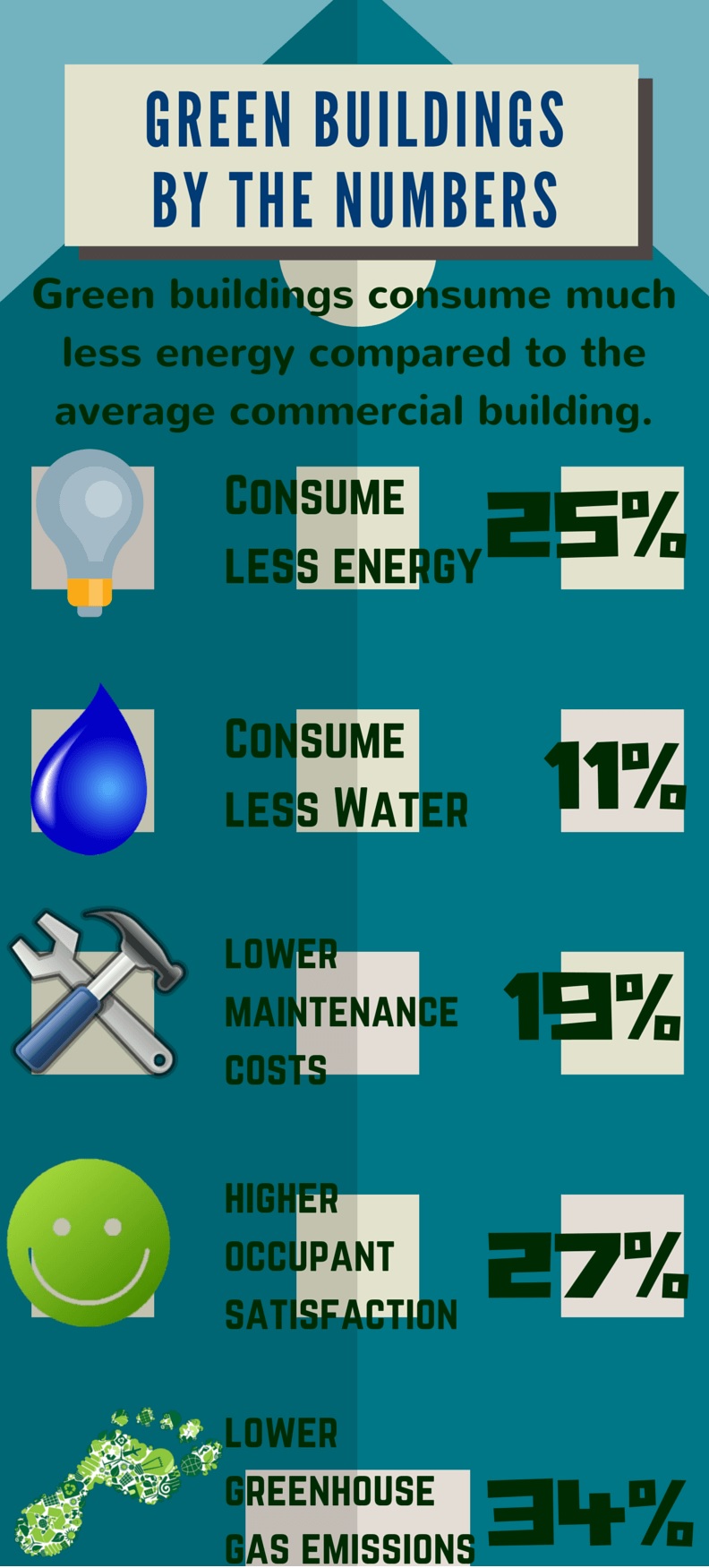900 319 0030
enquiry@shankarias.in
Since India lacks standards for appropriate material use in buildings, reducing carbon footprint during the construction and life-cycle of a building are vital.

Quick facts
Embodied carbon - Embodied carbon is all of the carbon dioxide (CO2) released during a building’s construction
Operational carbon - Operational carbon is carbon released during the building’s operations in terms of lighting, heating, air-conditioning, use of elevators, etc.
References